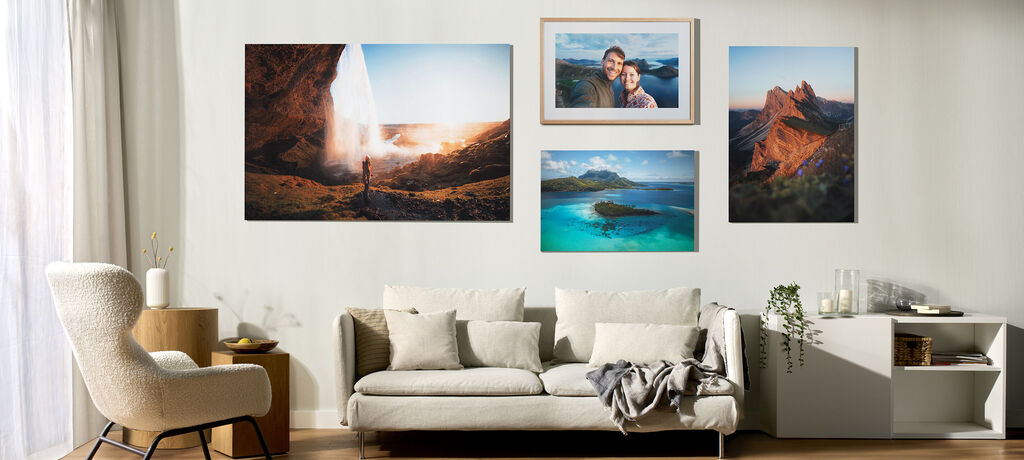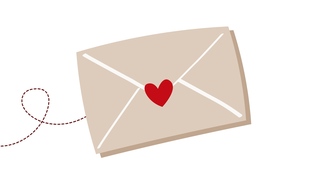
Photography Tips
Dog Photography Tips for Photos Full of Personality
16th April 2025
Any dog owner understands that they’re a much-loved family member. As such, when you’re getting portraits of loved ones taken, getting your four-legged friend involved is essential. In fact, you may find that your dog photos are likely to be some of the most treasured and precious ones.
With almost 30 years of experience, photographer Larrie Barlow has captured everything from university sports photography to firefighters facing down a blaze, but he has a particular soft spot for taking pictures of dogs.
“I used to take black and white photos of the dogs at home as a teenager,” he explains. “They can be unpredictable – attentive, loving, playful or stubborn, which means they’re great fun to photograph. My favourite thing about photographing dogs is their diversity. They come in all shapes, sizes, textures, colours… and without a doubt, a million and one expressions!”
To capture the quirks and charms of your dog and make sure each shot shines with personality, Larrie has kindly shared his top tips.
Dog photography tips
from professional photographer Larrie Barlow
To keep your dog relaxed and get the best results from your shoot, follow the advice below.
Disclaimer: these top tips are for those using advanced DSLR cameras rather than a basic phone camera. While phone cameras are great for capturing quick everyday moments, an advanced camera has more tools and control settings to capture more detailed and high-quality shots of your dog. And with Larrie’s expert guidance on this, you will be able to take your dog photography to the next level.
1. Use familiar surroundings
You might be tempted to rent out a studio to get a quality shot of your dog. However, places they know will help them feel at ease and help you capture their best side quickly.
As Larrie explains, “It’s all about letting them do what they want in familiar surroundings. So the photo shoot can be on their usual walking route or at their home, it’s all about making sure they feel safe and at ease.”
For some variety in your shots, try both indoor and outdoor locations. Finding backdrops that complement your dog’s colour will bring out their good looks. For example, if they have spots of red in their fur, sit them in front of auburn trees to highlight this feature.
2. Be patient, let the dog settle
Even in familiar surroundings, having a camera or a new person in the room may make a pooch more excited or anxious. Let them wander around, sniff and explore until they get used to the environment. This could take a while, but when they’re relaxed, the dog will be ready to photograph.
“When I visit a client’s home, owners often start trying to get their dog to do things,” Larrie says. “I always suggest that the dog is left to do whatever they like until they become settled. This can take a long time, but if you want the best out of the dog then you should prepare to be patient. It’s worth the wait.”
3. Get info from the owner
If you’re photographing your own dog, you might already have a few ideas of the expressions you want to capture. When shooting someone else’s pet, it’s worth getting some intel from the owner. This won’t just help you get the shots they’re looking for, but give you an idea of their personality, which will influence your photography style choice.
“Only the owners would recognise specific characteristics of their individual dog, like the way an ear occasionally flops or a tilting head and attentive look, a stuck lip or wrinkled nose,” Larrie outlines. “It’s important to get as much information as you can from the people they share their lives with before you start.”
4. Capture an excited dog at speed
If a dog has plenty of energy, you want to capture it (it’s a key part of their personality). However, you need to adjust your camera settings appropriately for movement. Otherwise, your shots will be blurred and out of focus.
To avoid this, Larrie recommends, “Use focus tracking to stop the subject from becoming blurred, especially when they are running and darting about. Use back button focusing for a quick reaction to the dog’s change of direction, and a fast shutter speed for freezing those action shots.”
5. Switch your flash off
Sudden, bright lights can make a pet feel uneasy or spook them and ruin the shoot. Ideally, any lighting needs to be as natural and even as possible. Shooting outdoors during the Golden Hour is one way to guarantee good conditions.
Regardless of the set-up though, one rule must be followed. As Larrie explains, “Always avoid using flash, many dogs are wary of it. If the light is low or fading, it’s better to use a higher ISO setting,” Larrie explains.
6. Always come bearing gifts
To encourage good behaviour, engage the pet and get it looking in the right direction, use toys and treats. A shot of the dog with its favourite toy will also be one of the most engaged and relaxed.
Larrie advises, “Don’t forget props! Bring some favourite treats to ensure cooperation, like cheese, cocktail sausages or favourite toys. Come prepared with a squeaker or ball to help you get that great shot you’re looking for.”
7. Test out close-ups
Your default will be to take mid-shots and classic portraits. Focusing on your pet’s special features will help create a precious memento of several shots. Their ears, eyes and paws are all special details which characterise your pet, so let them be the star of the show.
Getting these images will also take time and patience, as it requires your subject to be still in the frame for a few seconds. This will make it even more rewarding when you catch their gaze, ears at attention or paws raised as they perform a ‘high five’ trick.
8. Get down at eye level and engage
“General advice for anyone trying dog photography would be to get on the same eye level as the dog, Larrie insists. “Too often photos are taken standing up and looking down at the dog. Engage with them, make it fun for the dog and they won’t disappoint.”
Kneeling or lying on the floor are good places to start. You might not get a full frontal shot of your subject, but capturing them looking at an object, slightly off camera or lovingly at their owner at the same level will give you a window into your pet’s life.
9. Involve two-legged subjects
An owner’s love for their pet will shine through the lens, so don’t lose the opportunity to capture this special relationship. Try getting shots of them playing together, sitting side by side, or enjoying a few cuddles on the sofa.
Adjusting your settings and shutter speed for movement means you’ll have lots of options to choose from, particularly if you shoot in both outdoor and indoor environments. ‘Most importantly, have fun yourself!” says Larrie. “Don’t be afraid to get muddy or wet, it’ll wash out and you’ll dry off.”
Let your stunning dog photos shine
Once you’ve done your dog photography shoot, don’t let them sit hidden in a folder on your computer. Showcase your hard work and your pet’s personality by turning your favourite shots into beautiful Wall Art for your home. That way, you can always enjoy them and remember the fun you had with your four-legged friend on your shoot day.
You should also consider showcasing your Photography talent by entering the CEWE Photo Award Competition, and submitting them via the ‘Animals’ category. This is a perfect opportunity to share your images and gain the recognition you deserve for all your hard work - and not to forget to mention the chance of winning a prize!












